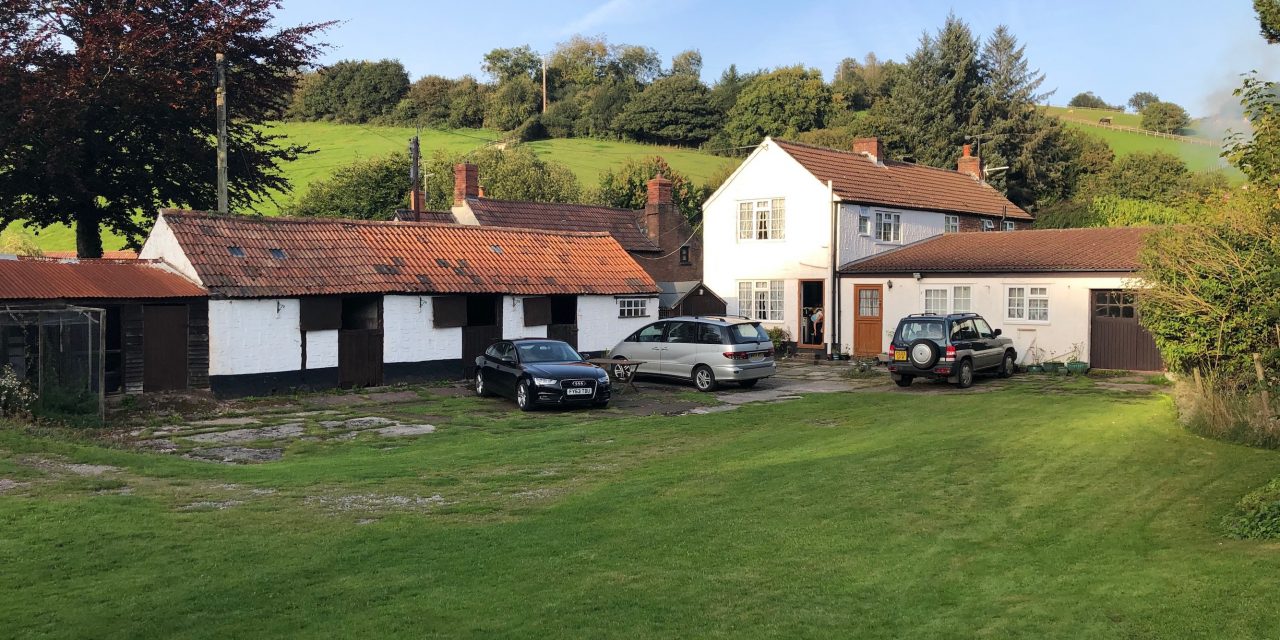With the current prices of property and housing, people are always looking for new and unique prospects when it comes to modern family living. A good barn conversion can be just the thing that ticks all the boxes, especially if you are looking to get away from the hustle and bustle of city life and enjoy the tranquillity on offer in the countryside. A barn conversion seems to provide good value for money with its gorgeous country settings, lofty vaulted ceilings, and plenty of space. The juxtaposition between ultra-modern interiors and traditional exteriors may be just the thing you are looking for to create a sense of history combined with comfort. However, if you wish to purchase or create a one-of-a-kind house for you and your family, there are several pros and cons to consider when it comes to barn conversions.
The Pros
Sustainability
The global climate and environmental crises have made it more necessary than ever to invest in low-energy, sustainable homes that respect the environment and where building materials can be recycled and sourced locally. Thus, barn conversions are often seen as the ultimate in sustainability. A home that can produce more energy than it consumes by using renewable sources is a huge drawcard.
Environmentally conscious and sustainable design strategies have been increasingly popular in recent years. Barn conversions can give all the character and beauty of a period building without the creaks, draughts, or exorbitant heating bills that come with owning one. Careful planning, advice, and a free initial quote from Biodiversity Net Gain Plan can set you on the right road to a carefree and simple conversion.
Biodiversity net gain plans are documents that show the local government exactly what will be developed, where and when. Biodiversity Net Gain Plan has teams of specialist ecologists with at least 30 years’ experience who are trained in satisfying your local council to allow your project to proceed as planned. Furthermore, the gratification of knowing that you played a part in preserving your building for the next chapter of its life will come from renovating an often centuries-old barn.
Space
Barns that have been converted into living areas usually come with a lot of space. Many barns had high or vaulted ceilings, full-height entrances and doorways, and huge open-plan areas when they were first erected. These advantages can be put to good use when it comes to converting the barn into a home. Doors can be designed to allow the interior space to extend into the garden area. Barn conversions are the ideal property for maximising the indoor/outdoor flow, especially since properties with outdoor areas have become even more valuable since the epidemic.
Location
If you are looking for a family home in an idyllic location, a barn conversion may be the key. Many barn conversions are in rural areas where new homes would not normally be permitted. This means that owners can enjoy lots of peace and quiet, as well as the property’s rural appeal. Because of their former purpose, many of the best barn conversions may still be recognised as farm buildings and offer open countryside vistas. Some planning authorities will not allow new construction in certain areas but will favour the development and preservation of old structures such as abandoned agricultural buildings.
Value for Money
Barn conversions are known to maintain their value over time, especially if there are no access concerns, the conversion was completed to a high standard, it has been well maintained, and there have been no substantial changes to the surroundings, such as with a new residential construction. Barn conversions can be a great investment.
Uniqueness
A home in a converted barn is unique in that you are afforded multiple choices in the way that you decide to decorate the space. Most barn conversions stay respectful to the characteristic features of the existing building while still providing lots of modern conveniences. You can create a distinctive home that is the epitome of uniqueness. You can combine contemporary fixtures and furniture that accent the high ceilings and exposed wooden floors: modernity meets history. A conversion project will result in a completely new property. As a result, minimal upkeep, repairs, and updates will be required.
The Cons
The Costs
With large open-plan rooms, barn conversions can be pricier to heat than traditional residences. Barns were originally designed to house livestock and other farm animals, as well as store crops, rather than to be used for human residence. This means they have little or no home features. All these conversions need to be taken into account when taking on a project as while some are in great shape, others may need a lot of work before you can consider moving in.
Before you begin, you must gather as much information and detail as possible. Barns often have limited natural light, undersized windows/glazing, and inadequate insulation. This is usually not an issue if done appropriately because contemporary materials and technology make heating vast vaulted areas far easier than in earlier barn conversions. Underfloor heating is a cost-effective technique to heat a barn conversion.
Regulations
In the past, many barns were transformed with little or no regard for the structure’s original qualities. As a result, today’s planning authorities are much tougher in terms of what they permit. Your local planning authorities may require you to utilise materials that are consistent with those used in the original structure. The barn itself may be listed, limiting the alterations you can make even more. For this reason, it is vital to check the fine print and examine the legal documentation to see whether there are any easements or covenants on the land. Working with planning officials rather than against them is always preferable because they can make a significant contribution to the project’s success.
Access and Location
As much as peace and quiet may be your dream, the reality may prove different. Many barn conversions are situated on working farms and this may impact issues like privacy, space, noise, and views.
Many barns are in difficult-to-reach regions or remote areas. This can prove difficult for services which need to be installed. You can, however, explore alternative services such as a water pump, a septic tank, solar panels and/or generators. Poor access roads that are unsuitable for larger vehicles and impassable in inclement weather are another frustration that you may encounter.
Materials and Structure
Planners may prescribe a specific (usually expensive) material that you must utilise. These specific materials may be difficult to locate. Then there’s the possibility of dealing with hazardous materials like asbestos. Many barns lack suitable foundations, necessitating underpinning. Damp-proofing and insulation can also prove costly. The roof may need to be repaired or replaced. Also, the presence of bats in the building can create huge construction delays. Ensure you follow all the regulations when it comes to protected species in your environment.
An antique barn might serve as the appropriate foundation for your dream home. These big, typically quite sturdy constructions allow for the creation of large open spaces and high ceilings in the home. You may be drawn to their character, charm, and history, but make sure you weigh up all the pros and cons before undertaking a project as large as a barn conversion.














